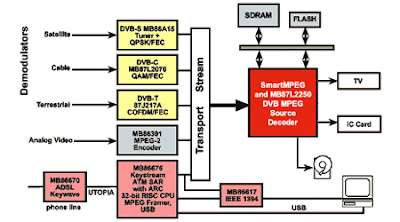Concentration and improving efficiency
Symptom of failure path: 1. Getting tempted for skipping text while reading. 2. Humming song or continuous movement of hand/leg. 3. Watching what others are doing or getting disturbed by passerby. Causes of lack of concentration: 1. Lack of energy required to do that kind of work. 2. Not fully understanding what you are doing. Way out: 1. Constructive interference of desires (use the desire enery as if it takes some cost). 2. Avoid listen-reasponse collision. Don't frame doubts while reading something. Otherwise there will be traffic jam of thoughts. 3. Do not force yourself to memorize something. Take some rest or use yoga methods to gather required energy so that you remember the things the way glue does and not like tying. 4. Best method for learning is learn by doing mistakes. Don't get bogged down by involving too much in gathering prereqisites and mastering them. 5. Appreciate others intelligence with candid heart. Just enjoy the moment and don't involve in any other ...
